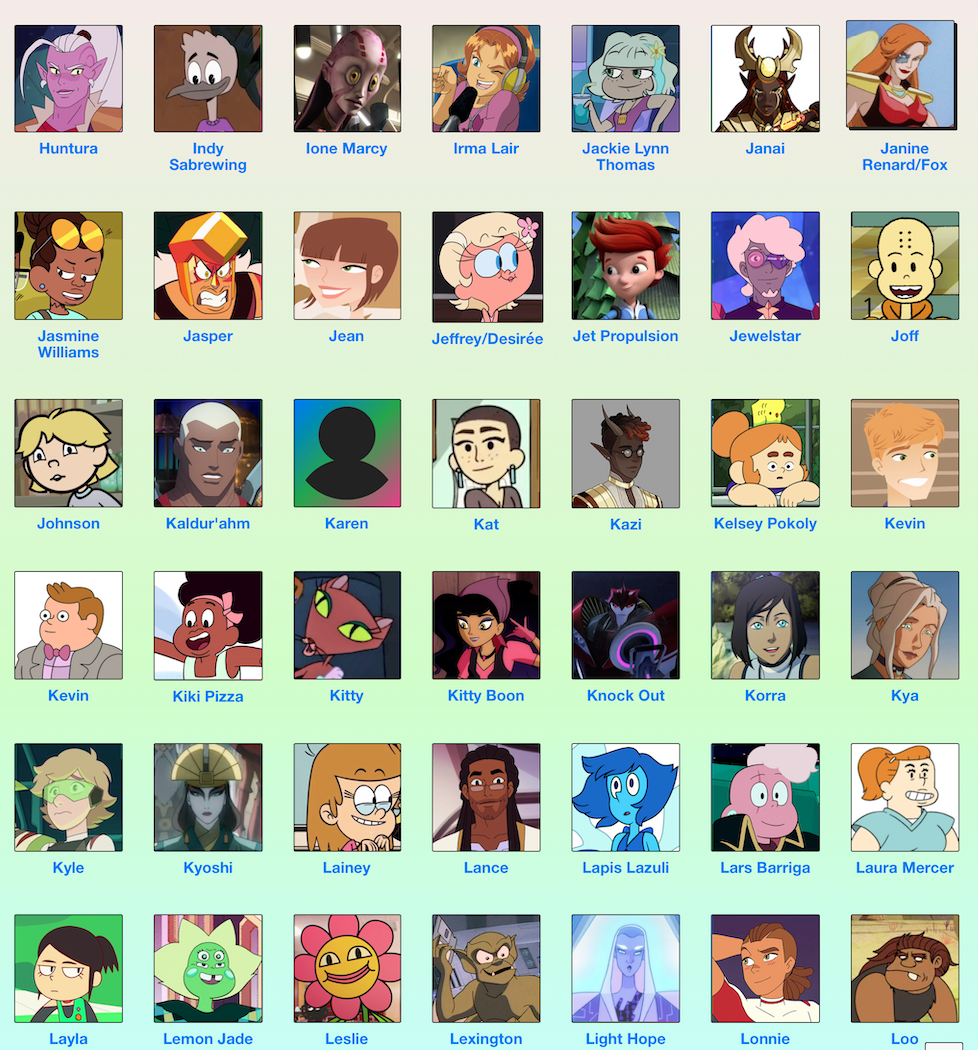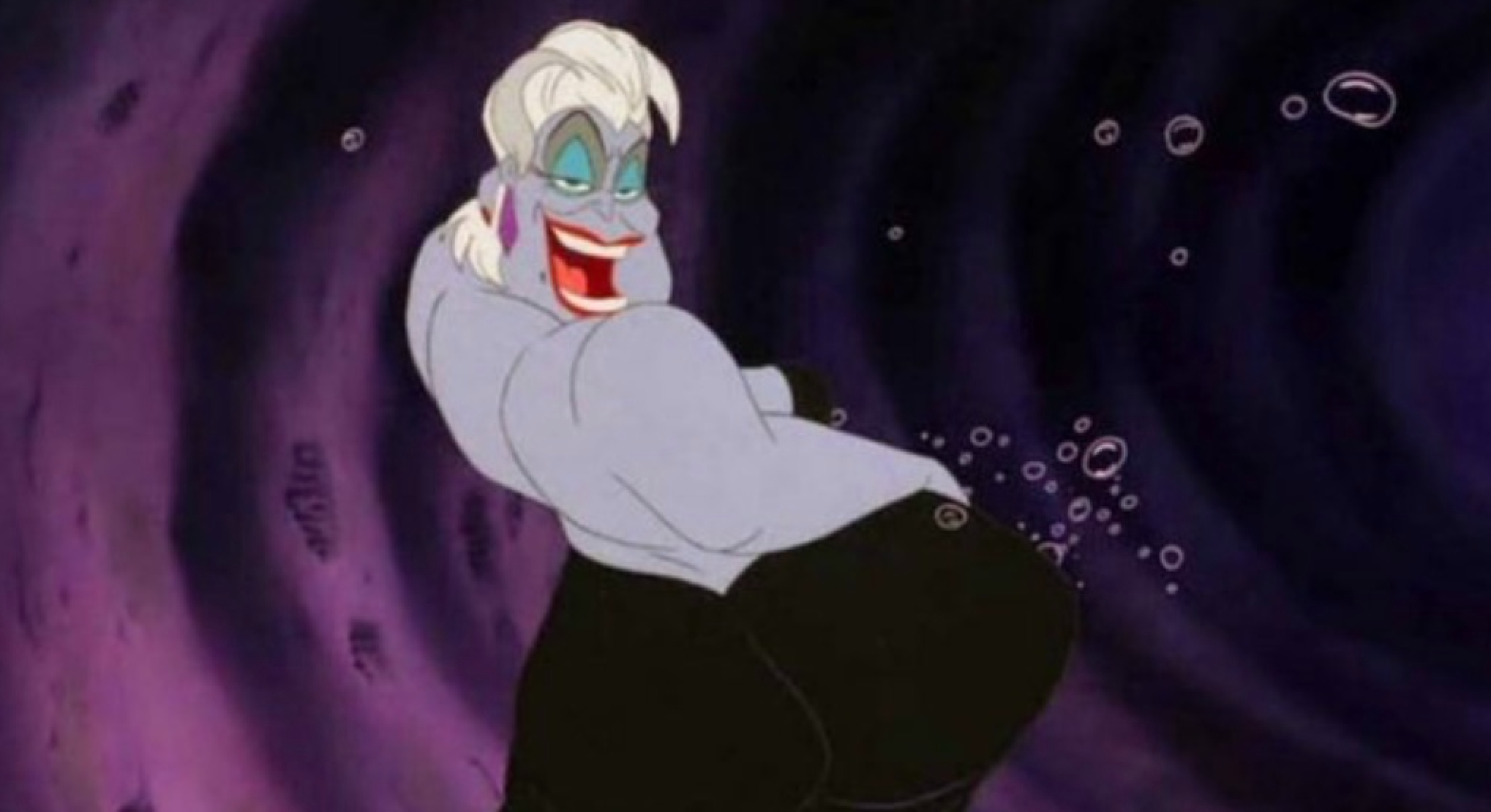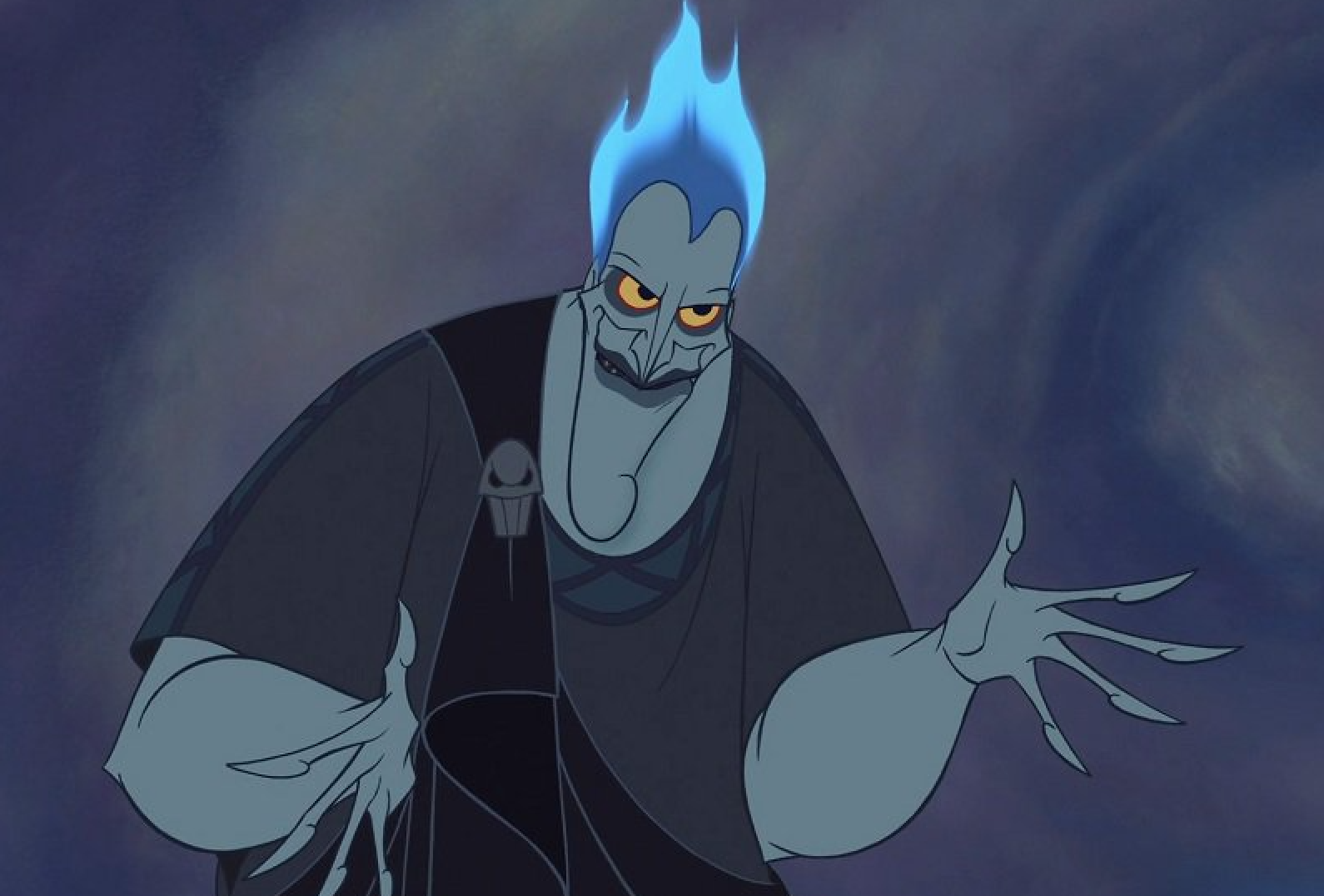In Sweden they think differently about sex than in Brazil or Austria. Sexual norms and values are different in every country. The sociologist has more cross-cultural research into ideas about masculinity, parentage and sexuality. His conclusion: land on a sliding scale from masculine (masculine) to feminine (feminine). The Netherlands is special.
Sexual norms and values (per country)
What is sexualised bullying and harassment?
Sexualised bullying is a behaviour, physical or non-physical, where sexuality or gender is used as a weapon against another. It is any behaviour which degrades someone, singles someone out using sexual language, gestures or violence, and victimising someone for their appearance. Sexual bullying is also pressured to act promiscuously and to act in a way that makes others uncomfortable.
Sexual harassment is unwanted behaviour of a sexual nature which: violates your dignity. makes you feel intimidated, degraded or humiliated and creates a hostile or offensive environment. These behaviours happen inside and outside school, in social groups and online. It is as serious as any form of hate crime and should be treated as such by parents, teachers and society in general.
Understanding the forms of sexualised bullying
Sexual bullying includes a wide range of behaviour and can often cause distress and devastation to a person. Some examples of sexualised bullying include:
- Abusive, sexualised name calling and insults. This includes using homophobic language and insults towards others
- Spreading rumours of a sexual nature online or in person
- Unwelcome looks and comments about someone's appearance or looks, either face to face or behind their backs
- Inappropriate and uninvited touching without consent
Pressurising someone to do something they do not want to do,
- Using emotional blackmail such as ‘you would do this if you loved me’ or comparing previous encounters to make someone
- Feel obliged to do something sexual
- Upskirting - where someone takes a picture under a person’s clothing without their permission. It is now a specific criminal offence in England and Wales
- Pressurising someone to send nudes and using emotional blackmail, for example threatening to end a relationship if they don’t send an image or video
- Sending the image to others without consent is a form of sexual bullying too and depending on age, illegal too
- Inappropriate sexual innuendos that is persistent and unwelcome
-Sexism in all its forms and gender stereotyping roles
- Graffiti with sexual content or display/circulation of inappropriate material of a sexual nature, such as pornography
- In its most extreme form, sexual assault, or rape
Sexism and gender stereotyping
Sexism is a behaviour, language or prejudice, which expresses institutionalised, systematic and comprehensive discrimination. It is based on a stereotypical view of masculine and feminine roles. Sexism limits the options of women and girls and can lead to discrimination or less favourable treatment. It is learned behaviour, however, and can therefore be 'unlearned'.
Unfortunately, there are many instances where sexism and this form of stereotyping comes into play. Rated and slated is when boys are encouraged to be sexually active and have multiple partners and if they achieve this, they get ‘rated’ by their peers. However, if a girl makes the same choice as the boy, she gets ‘slated’ for the same thing and bullied. We all have a responsibility to teach children and young people to break the barriers of being stereotyped for their gender.
The impact of sexualised bullying and harassment
There is evidence that sexual bullying is increasing and it is linked to domestic violence and other gender-based violence such as rape and sexual assault.
In June 2021, Ofsted carried out a review of sexual abuse in schools and colleges and they found that 9 out of 10 girls and half the boys who took part in the review said being sent unsolicited explicit pictures or videos happened a lot to them or their peers. 92% of girls and three-quarters of boys complained of recurrent sexist name-calling. “The frequency of these harmful sexual behaviours means that some children and young people consider them normal,” the report said.
Sexual bullying can undermine someone's dignity and safety as well as affect their emotional wellbeing and lead to depression, isolation, eating disorders and self-harming. It is very common for sexual bullying to go viral both offline and online with no let up for the person on the receiving end. Boys are just as much victims of sexual bullying as girls. Boys too feel powerless to stop it, pressurised to do something they do not want to and called names if they choose not to be promiscuous or are not perceived to fit their peer’s ideals of masculinity. The scars of these effects can last a lifetime if not supported and encouraged to address these feelings.
In the Ofsted review they found that children and young people, especially girls said that they do not want to talk about sexual abuse for several reasons, even where their school encourages them to. For example, the risk of being ostracised by peers or getting peers into trouble is not considered to be worth it for something perceived to be commonplace. They worry about how adults will react, because they think they will not be believed, or that they will be blamed. They also think that once they talk to an adult, the process will be out of their control.
Source:https://www.familylives.org.uk/advice/bullying/general-advice/what-is-sexual-bullying
LGBTQI+ Youth
Lesbian, gay, bisexual, transgender, queer, intersex, nonbinary or otherwise gender non-conforming (LGBTQI+) youth and those perceived as LGBTQI+ are at an increased risk of being bullied. Results from the 2019 Youth Risk Behavior Survey (YRBS) show that, nationwide, more U.S. high school students who self-identify as lesbian, gay, or bisexual (LGB) report having been bullied on school property (32%) and cyberbullied (26.6%) in the past year than their straight peers (17.1% and 14.1%, respectively). The study also showed that more LGB students (13.5%) than straight students (7.5%) reported not going to school because of safety concerns. Students who identified as "not sure" of their sexual orientation also reported being bullied on school property (26.9%), being cyberbullied (19.4%), and not going to school because of safety concerns (15.5%).
Create a Safe Environment for LGBTQI+ Youth
It is important to build a safe environment for all LGBTQI+ youth. Parents, schools, and communities can all play a role in preventing bullying and helping LGBTQI+ youth feel physically and emotionally safe.
- Encourage respect for all students.
-Prohibit bullying, harassment, and violence against all students.
-Conduct social-emotional learning activities in school to foster peer-relationships and help students develop empathy.
-Identify "safe spaces," such as counselors' offices or designated classrooms, where LGBTQI+ youth can receive support from administrators, teachers, or other school staff.
-Encourage student-led and student-organized school clubs that promote a safe, welcoming, and accepting school environment (e.g., gay-straight alliances or gender and sexuality alliances). Schools must allow these clubs or groups if they have other "non-curricular" clubs or groups. Learn more about the right to form a GSA under the Equal Access Act.
-Ensure that health curricula or educational materials include HIV, other STD/STI, and pregnancy prevention information that is relevant to LGBTQI+ youth.
-Use inclusive language and avoid making assumptions. The words we use can make help people feel acknowledged and create a sense of belonging. For example, using "y'all" when referring to a group conveys gender equality rather than using "guys." Use gender-neutral pronouns like "they" or "them" instead of "he/she" or "him/her." You can also use words like "parent" instead of "mother" and "father."
-Use students' chosen names and pronouns.
-Train school staff on how to create safe and supportive school environments for all students, including LGBTQI+ youth.
-Facilitate access to community-based providers who have experience providing health services, including medical, counseling, social, and psychological services, and HIV/STI testing for LGBTQI+ youth.
Source:https://www.stopbullying.gov/bullying/lgbtq
Do We Choose Our Orientation?
Being straight, gay, or bisexual is not something that a person can choose or choose to change. In fact, people don't choose their sexual orientation any more than they choose their height or eye color. It is estimated that about 10% of people are gay. Gay people are represented in all walks of life, across all nationalities, ethnic backgrounds, and in all social and economic groups.
No one fully understands exactly what determines a person's sexual orientation, but it is likely explained by a variety of biological and genetic factors. Medical experts and organizations such as the American Academy of Pediatrics (AAP) and the American Psychological Association (APA) view sexual orientation as part of someone's nature. Being gay is also not considered a mental disorder or abnormality.
Despite myths and misconceptions, there is no evidence that being gay is caused by early childhood experiences, parenting styles, or the way someone is raised.
Efforts to change gay people to straight (sometimes called "conversion therapy") have been proven to be ineffective and can be harmful. Health and mental health professionals caution against any efforts to change a person's sexual orientation.
At What Age Do Kids "Know"?
At What Age Do Kids "Know"?
Knowing one's sexual orientation — whether straight or gay — is often something that kids or teens recognize with little doubt from a very young age. Some gay teens say they had same-sex crushes in childhood, just as their heterosexual peers had opposite-sex crushes.
By middle school, as they enter adolescence, many gay teens already recognize their sexual orientation, whether or not they have revealed it to anyone else. Those who didn't realize they were gay at first often say that they always felt different from their peers, but didn't exactly know why.
Becoming aware of — and coming to terms with — one's sexual orientation can take some time. Thinking sexually about both the same sex and the opposite sex is quite common as teens sort through their emerging sexual feelings.
Some teens may experiment with sexual experiences, including those with members of the same sex, as they explore their own sexuality. But these experiences, by themselves, do not necessarily mean that a teen is gay or straight. For many teens, these experiences are simply part of the process of sorting through their emerging sexuality. And despite gender stereotypes, masculine and feminine traits do not necessarily predict whether someone is straight or gay.
Once aware, some gay teens may be quite comfortable and accept their sexuality, while others might find it confusing or difficult to accept.
How Gay Teens Might Feel
Like their straight peers, gay teens may stress about school, grades, college, sports, activities, friends, and fitting in. But in addition, gay and lesbian teens often deal with an extra layer of stress — like whether they have to hide who they are, whether they will be harassed about being gay, or whether they will face stereotypes or judgments if they are honest about who they are.
They often feel different from their friends when the heterosexual people around them start talking about romantic feelings, dating, and sex. For them, it can feel like everyone is expected to be straight. They may feel like they have to pretend to feel things that they don't in order to fit in. They might feel they need to deny who they are or hide an important part of themselves.
Many gay teens worry about whether they will be accepted or rejected by their loved ones, or whether people will feel upset, angry, or disappointed in them. These fears of prejudice, discrimination, rejection, or violence, can lead some teens who aren't straight to keep their sexual orientation secret, even from friends and family who might be supportive.
It can take time for gay teens to process how they feel and to accept this aspect of their own identity before they reveal their sexual orientation to others. Many decide to tell a few accepting, supportive friends and family members about their sexual orientation. This is called coming out.
For most people, coming out takes courage. In some situations, teens who are openly gay may risk facing more harassment than those who haven't revealed their sexual orientation. But many lesbian, gay, and bisexual teens who come out to their friends and families are fully accepted by them and their communities. They feel comfortable and secure about being attracted to people of the same gender. In a recent survey, teens who had come out reported feeling happier and less stressed than those who hadn't.
Repressed sexuality/heteronormativity
Sexual repression occurs when a person prevents themselves from feeling/experiencing natural sexual urges and desires.
Repressed emotions are feelings you unconsciously avoid. These are different from feelings you actively push aside because they overwhelm you. Repressed emotions can lead to health problems over time.
Symptoms of sexual repression
Sexual repression can be expressed but not limited to the following:
* lack of sexual attraction
* disinterest in sexual activities
* shame and distress with sexual activities
* guilt or other negative feelings after having sex
* believing your body is unattractive or unworthy of sex
Foucault points out that the rise of repression that is generally believed to begin in the seventeenth century leads not to silence but to "a veritable discursive explosion" . Yes, the discussion of sexuality was restricted in certain areas (the family, the school, etc.) but that restriction was accompanied by "a steady proliferation of discourses concerned with sex—specific discourses, different from one another both by their form and by their object: a discursive ferment that gathered momentum from the eighteenth century onward" . Far from silence, we witness "an institutional incitement to speak about [sex], and to do so more and more; a determination on the part of the agencies of power to hear it spoken about, and to cause it to speak through explicit articulation and endlessly accumulated detail". The effect of all this rational discourse about sex was the increasing encroachment of state law into the realm of private desire: "one had to speak of [sex] as of a thing to be not simply condemned or tolerated but managed, inserted into systems of utility, regulated for the greater good of all, made to function according to an optimum. Sex was not something one simply judged; it was a thing one administered"
Suppressed Sexual Orientation
Within certain religions or cultures, the only acceptable form of sexual intercourse is between a man and a woman. Because of this restricting and judgmental teaching, a person may feel shame, anger, or disgust towards themselves, the feelings of arousal they may experience in response to a person of the same gender, or project their negative feelings towards others who are freely enjoying the experiences they wish they could.
Being unable to express a natural attraction to others can lead to questions about sexuality. It can also cause disappointment during sexual encounters.
Examples of Heteronormativity
These are a few examples of how heteronormativity is displayed:
Media Representation
Heteronormativity presents in media as the default couples who are always shown as straight couples. The reality that queer people have to fight to be shown as examples of how couples can look clarifies how dominant heteronormativity is in our society.
Queerness As Confusion
When people who identify as LGBTQIA+ come out, they are sometimes told they're going through a phase. People may assume they aren't really sure of themselves or their sexuality. The idea that any sexual preference that isn't heterosexual may be a phase is heteronormative because it assumes that all people are straight, and anyone who isn't is just confused.
Impact of Heteronormativity
The idea that being straight is the only normal way to put people in a box—and excludes those who don't fit into it—is problematic for several different reasons.
"For LGBT youth in the closet, it isn’t possible to be vulnerable without first feeling safe.
As educators, it’s not enough to support gay marriage and be an ally for the LGBT community. We have to go a step further and stop heteronormativity from taking root in our classrooms."
https://www.learningforjustice.org/magazine/why-heteronormativity-is-harmful
Heteronormativity does not necessarily stem from ill intentions. Even people who affirm the existence of all gender identities and sexual orientations can still subscribe to heteronormative assumptions. The ideas that sexual orientation is a “lifestyle choice” or that boys like blue and girls like pink both reflect heteronormativity, though these beliefs may be expressed by individuals who welcome diversity.
Challenging heteronormative assumptions is not the same as challenging heterosexuality: the sexuality of heterosexual people is as valid as that of LGBTQ+ individuals. Rather, people seek to dismantle the belief that heterosexuality is the only natural sexuality and affirm the existence and rights of LGBTQ+ individuals as equally valid
Individuals who do not adhere to heteronormative standards are also often denied many rights and benefits that those perceived as male or female, especially in the context of a heterosexual relationship, may receive as a matter of course.
Most of us think children are too young for certain conversations. But what would happen if that changed? In this sincere and thought-provoking TEDx Talk, Chris Tompkins unravels a complex issue unlike we've ever heard.
Common examples of compulsory heterosexuality include:
Toys, books, and educational items that assume that children will adhere to traditional gender roles, such as baby dolls that teach girls to be mothers and toy trucks that teach young boys to enjoy cars
Sex education that exclusively discusses heterosexual sex and relationships
Religious and secular organizations that assume all members are heterosexual, treat heterosexuality as the norm or only “right” way to be, or stigmatize those who are not heterosexual
The belief that anyone can be heterosexual if they choose or the belief that the denial of one’s true orientation/identity and an external pretense of heterosexuality is preferable to being LGBTQ+
sexuality and queerness in religions
For many LGBQ individuals, their religious identity and their sexual orientation seem to be incongruent. As a result, an individual who is both LGBTQ and religious may feel as though they are forced to choose between the two opposing identities.
Visual representation of queer people in the visual culture




Although lesbian, gay, bisexual and transgender individuals are generally indistinguishable from their straight or cisgendercounterparts, media depictions of LGBT individuals often represent them as visibly and behaviorally different. For example, in many forms of popular entertainment, gay men are portrayed stereotypically as promiscuous, flashy, flamboyant, and bold, while the reverse is often true of how lesbians are portrayed. Media representations of bisexual and transgender people tend to either completely erase them, or depict them as morally corrupt or mentally unstable. Similar to race-, religion-, and class-based caricatures, these stereotypical stock character representations vilify or make light of marginalized and misunderstood groups.
Gay and lesbian families are commonly misrepresented in media because society frequently equates sexual orientation with the ability to reproduce. As well, gay and lesbian characters are rarely the main character in movies; they frequently play the role of stereotyped supporting characters or are portrayed as a victim or villain.
Stereotyping
https://scholars.wlu.ca/cgi/viewcontent.cgi?article=1053&context=bridges_contemporary_connections
The Queer visual language
Handkerchief code
More: https://en.wikipedia.org/wiki/LGBT_symbols
Polari language
Polari is a secret language, which has now largely fallen out of use, but was historically spoken by gay men and female impersonators. In a period when homosexuality was illegal and heavily stigmatised, it was useful as a means of conducting conversations in public spaces, which would have alerted others to your sexuality. Many of the words allowed speakers to gossip about mutual friends or to critique the appearance of people who were in the immediate vicinity.
Polari’s influence can still be seen in words such as ‘drag’, ‘kiki’ and ‘camp’. In Polari, ‘camp’ means ‘excessive or showy or affecting mannerisms of the opposite sex’, and today the term is used to refer to many forms of theatrics that lean into the extreme, such as drag performances.
https://www.reddit.com/r/LGBTeens/comments/phm203
/are_there_any_secret_codes_to_know_if_someone_is/
https://www.rte.ie/lifestyle/living/2021/0623/1230860-queer-history-lesson-secret-codes-in-lgbtq-history/
secret gay tattoos
First prototype
Our first idea was to make a closet. With the secret codes to paste and also with the polari language. Scratched with the nails.
CULTURAL DIVERSITY
Sexuality
Daniel, Emma and Rachel
Our Final Idea
Doing our research we found a video about Ocean Vuong where he is talking about the lexicon of violence and how words of destruction are used to define success. The interview made us realize the significance of words and how we use them to evaluate and define ourselves.
We connected this idea with a recent news that we found about the word “gay” which was introduced this year in the latest version of the Romanian Dictionary (Doom3). It made us wonder who determines which words are worthy of consideration and open for discussion.
The queer lexicon not only represents a culture but also a history of struggle and oppression, finding ways to communicate between us in a period of time when our identity could not be expressed. If we don’t have words that represent us we are not part of the discussion, our history is forgotten.
So we decided to build an illustrated dictionary of the lexicon as a way of archiving and claiming more space in the language.
sry, it's in Romanian
Our video
I hate hot glue